ships in the night [2019]
ships in the night is an allegorical consideration of how bodies and objects are increasingly choreographed and stymied within our crumbling colonial world order. New sculptural works formally and conceptually align through the reverent use of low-grade packing material - brown paper, cardboard and tape. Resembling an abandoned logistics company, ships in the night is comprised of several strategic aesthetic interventions that create dynamic formations of suspicious packages that may elicit joy, skepticism, desire, wonder, fear and panic. ships in the night poetically interrogates the valorization of a global ‘free market,’ in contrast to the violent, jingoistic fervor that has gripped so many nations. Put more plainly, decreased regulation (increased flow of goods) synchronizes with decreased value for human life (increased militarization of borders). All the while, cornerstones of liberal humanism like class mobility, governmental transparency and a shared belief in fundamental human rights get carried away by the changing tides, passing into shadow as though they were mere ships in the night.
Engine Room, Wellington, New Zealand, Spring 2019
suspicious package (a accessory)
inkjet print
Moving, Even Still%
cardboard boxes, spray paint, brown paper, wheat, tape
Only Hoarders Need Borders and I’d Rather Shine Bright Like a Diamond
duct tape
Move, Bitch or Hospice Gift 4 Empire
brown paper, wire & tape & wood, flowers**
Movers 4 Shakers
cardboard tubing, brown paper, wheat, plastic, spray paint, LED
Moved, To Tears
paper bags, glue, spray paint, resin, velcro, wood
Whose Here?
54 minute loop of found recordings of doorbells. A doorbell chimes every 3 minutes and 36 seconds. An immigrant arrives in New Zealand in the same frequency, according to governmental data for 2018.
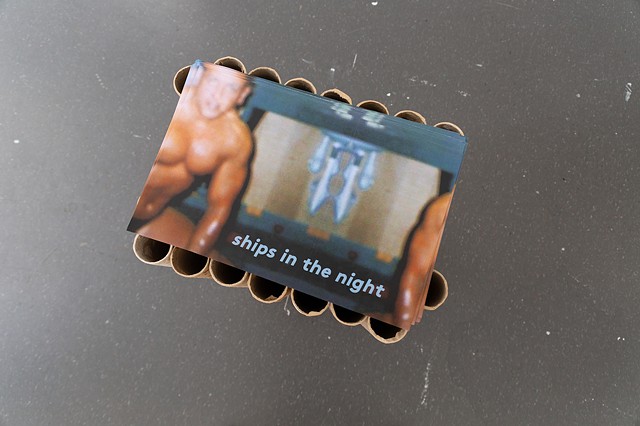
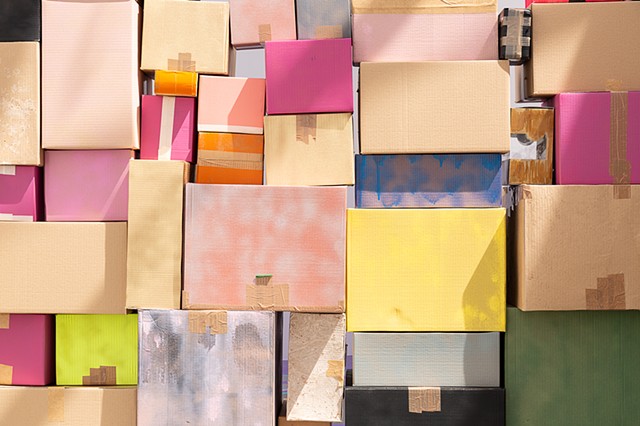
![Moving, Even Still [Detail]](http://img-cache.oppcdn.com/fixed/67724/assets/OHTaqKaxIQIEqYYG.jpg)
![Moving, Even Still [Detail]](http://img-cache.oppcdn.com/fixed/67724/assets/jJJc7onLclpqsLmB.jpg)
![Moving, Even Still [Detail]](http://img-cache.oppcdn.com/fixed/67724/assets/r1rK1w_cUM8ciFte.jpg)

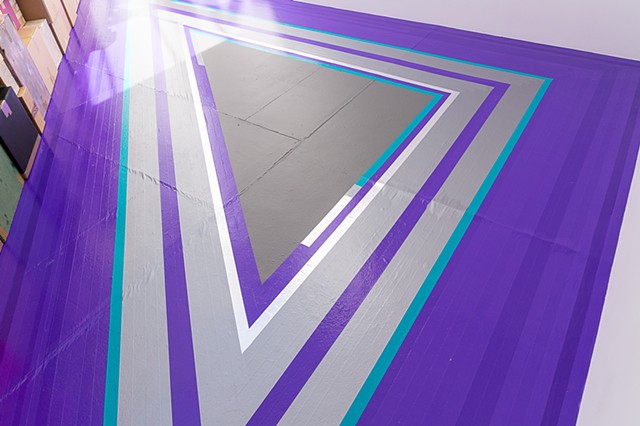
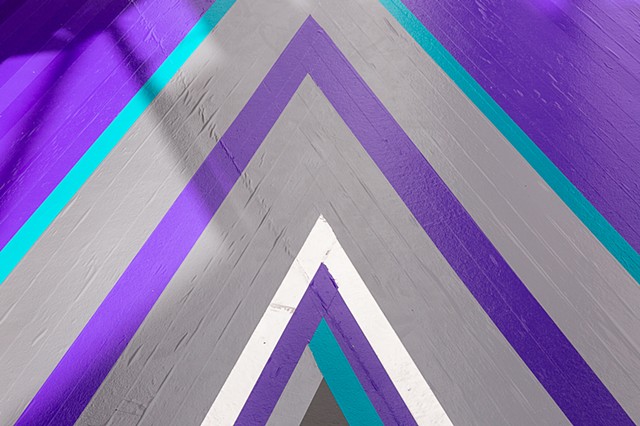
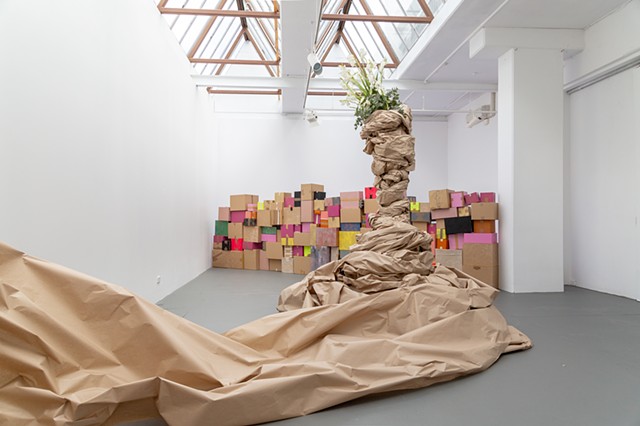
![Move, Bitch or Hospice Gift 4 Empire [Detail]](http://img-cache.oppcdn.com/fixed/67724/assets/kt9DAGSFvEpiDH5i.jpg)
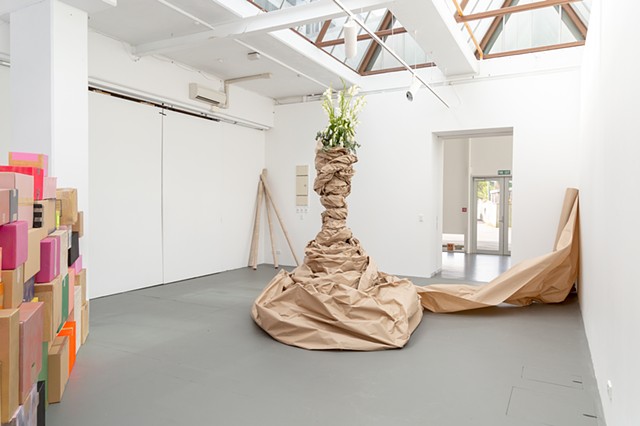

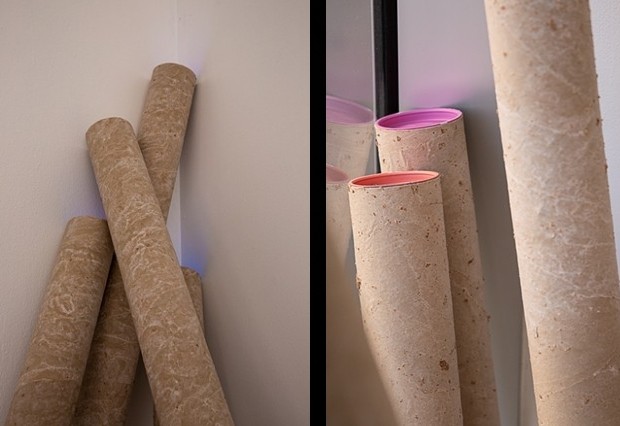
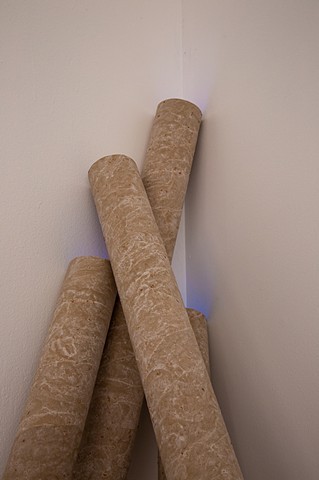
![Moved, To Tears [Detail]](http://img-cache.oppcdn.com/fixed/67724/assets/joUjB4925hos236c.jpg)

![Untitled [Immigration Bell]](http://img-cache.oppcdn.com/fixed/67724/assets/EvogIenyOfjVkGop.jpg)